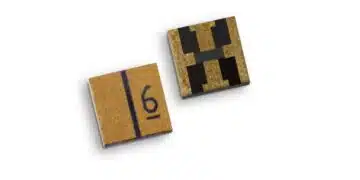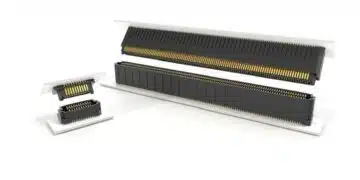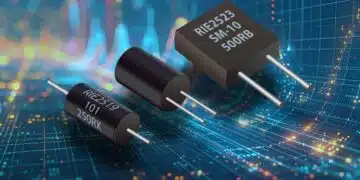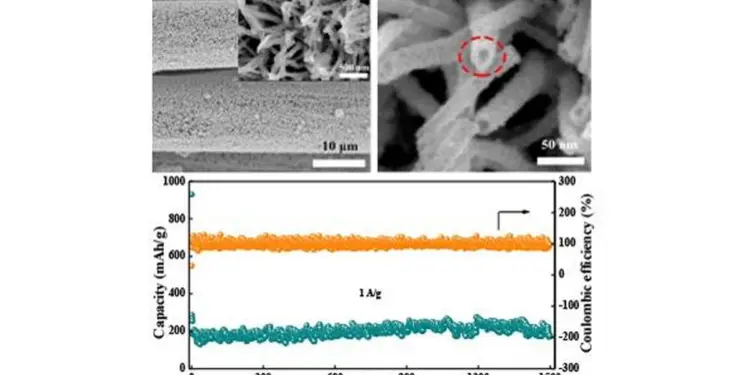Hybrid sodium-ion capacitors (SICs) bridge the gap between supercapacitors (SCs) and batteries and have huge potential applications in large-scale energy storage. However, designing appropriate anode materials with fast kinetics behavior as well as long cycle life to match with the cathode electrodes remains a crucial challenge.
Recently, the joint research groups from the University of Science and Technology Beijing and Institute of Semiconductors, Chinese Academy of Sciences directly synthesized Nb2O5 nanotubes and nanowire-to-nanotube homojunctions on carbon cloth (CC) via a simple hydrothermal process, which was published in Science China Materials (DOI: 10.1007/s40843-020-1278-9).
The as-prepared Nb2O5@CC nanotubes displayed a high reversible capacity of 175 mAh/g at the current density of 1 A/g with the Coulombic efficiency of 97% after 1500 cycles. Moreover, the SICs fabricated with Nb2O5@CC and activated carbon (AC) electrode materials showed high energy density of 195 Wh/kg at 120 W/kg, power density of 7328 W/kg at 28 Wh/kg and 80% of the capacitance retention after cycling for 5000 cycles.
Prof. Shen stated: “Although Nb2O5 has good chemical stability and large interplanar spacing, its conductivity is relatively poor. To overcome it, we directly grew Nb2O5 nanomaterials with different morphologies on the current collectors (carbon cloth) using the synergetic effect of pyridine and pH value of the acid solution.

The physical and electrochemical properties of the prepared materials were systematically studied. Studies found that the nanotubes have large specific surface area and pore volume, which is beneficial for more active sites to be involved in electrochemical reactions. The Nb2O5@CC nanotube electrode not only possesses good conductivity, but also reduces the volume expansion caused by sodium ion intercalation/de-intercalation.
All these advantages contribute to good electrochemical performance in sodium ion capacitors. Additionally, the flexible SIC devices can operate normally at various bendable conditions. The Nb2O5@CC nanotubes in this work can be promising electrode materials in flexible and wearable energy storage devices”.































